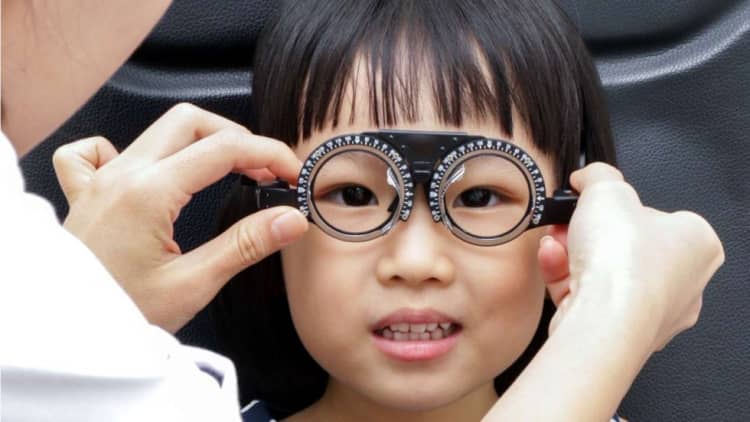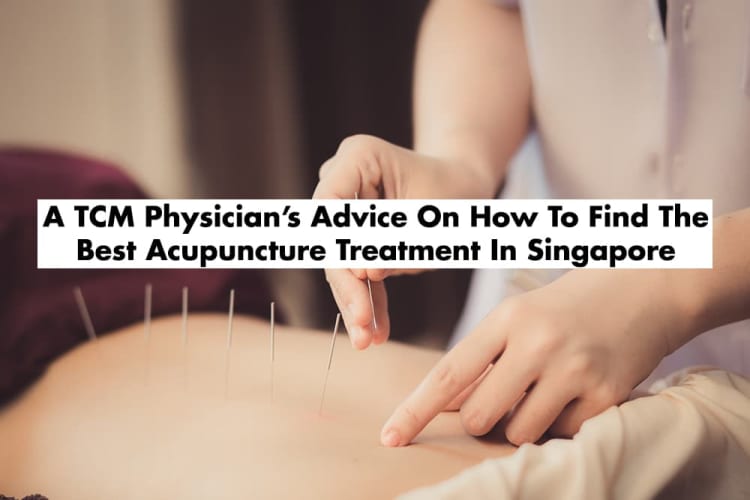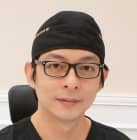Want to know how to get 20/20 vision through minimally invasive refractive procedures? Check out our webinar as we explore two minimally invasive refractive procedures, TransPRK and SMILE, and how it can help you achieve the perfect vision you desire.
Title: Beyond LASIK: Minimally-Invasive Laser Vision Correction Techniques
Date: 24 Feb 2021
Time: 7pm
Register Here: http://bit.ly/2LwQu9o
Singapore has one of the world’s highest rates of myopia (or shortsightedness). We spend $311.5 million on prescription glasses each year.
More than HALF of us wear glasses by the time we are 12, compared to less than 20% for rest of the world.
Now here's the deal - the earlier in life you start becoming shortsighted, the higher your final spectacle degree tends to be. High myopia can give rise to other problems, such as an increased risk of retinal detachments, and an earlier onset of cataracts.
What is myopia?
Myopia is due to an imbalance between the length of your eyeball, versus the focusing power of your cornea and eye lens.
With myopia in children, it's mainly a problem of the eyeball growing too long.
On average, our eyes stop developing at the age of 21. It's for this reason that LASIK clinics often ask patients to wait until after they turn 21.
As you might expect, research has been ongoing for many decades to find ways to stop or reduce abnormal eyeball growth.
I talk about 2 methods below that are proven to work in slowing the progression of myopia:
1. An increased amount of time spent outdoors, and exposure to sunlight

Studies suggest that every 40 minutes of outdoor activity per day decreases the chances of developing myopia by 9 per cent.
Your grandparents will tell you that it was much less common to see someone wearing glasses back then, probably due to the fact that they were not cooped up indoors all day long.
Indeed, many Singaporeans nowadays complain that it's hard for their children to spend time outdoors.
I think this is due to a number of factors combined, including our humid Singapore weather, lack of an "outdoor culture" (even PE in schools is often conducted indoors) and of course the many tuition classes/CCAs taking up precious time.
Why does being outdoors slow myopia?
Like most others, you probably thought that it's because being outdoors makes you focus on objects in the distance. However, this effect has been shown to be a weak one.
The actual reason is that bright outdoor light stimulates the release of retinal dopamine, which slows down the growth of the eyeball and inhibits myopia.
When you go outside, even at 6 pm in Singapore, you're still being exposed to much more light than you can get with the brightest indoor lamp.
2. Atropine eyedrops for children
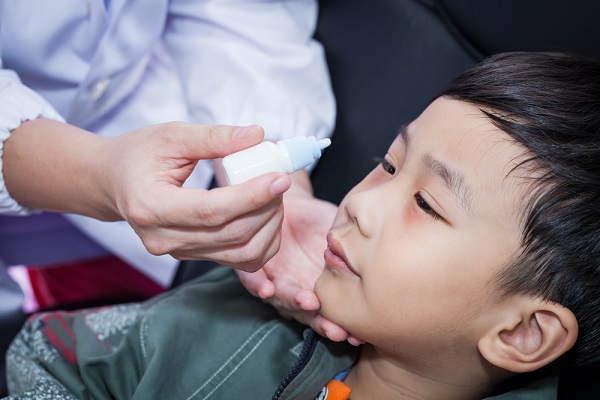
Atropine eyedrops have been used to treat myopia for children in Singapore since 2000.
A 5-year study of 400 children in Singapore using 0.01% Atropine eyedrops (which started in 2006) showed that it slowed myopia progression by 60% over a 2-year period.
However, do note that Atropine doesn't reverse the effects of myopia. As such, it will not work for you if you're an adult, as your myopia will have been fully developed.
Also read: The Ultimate Guide to Managing Myopia in Singapore (2020)
How do Atropine eyedrops work?
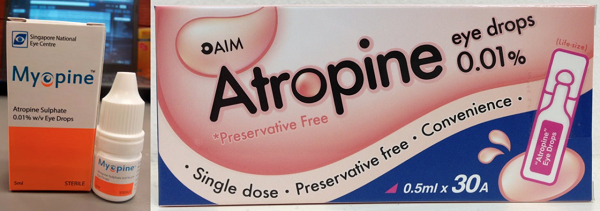
The idea of using Atropine came about because of its ability to relax the near focusing eye muscles.
Since too much near work is related to prolonged contraction of this muscle and shortsightedness, it's thought that relaxing the muscle has the opposite effect on myopia progression.
There are 2 concentrations commonly used in Singapore: 1% (stronger) and 0.01% (weaker).
Most new patients that I see nowadays start off with the 0.01% concentration.
The 1% concentration is more effective at slowing the progression of myopia, but also has more side effects and can be associated with a greater rebound phenomenon once treatment is stopped.
Which Atropine concentration is used depends on:
- Degree of shortsightedness
- How fast it's progressing
- Tolerance to side effects of the stronger concentration
I've heard that Atropine can cause bad side effects!

Atropine 1% dilates the pupil and relaxes the eye muscles used for near focusing.
As a result, patients feel very sensitive to bright lights, and with normal glasses on have difficulty with close up work such as reading.
All of these are temporary side effects which disappear when the patient stops using the drops.

If 1% Atropine concentration is used, special glasses which turn dark outdoors (Transitions lenses) and which have progressive lenses (having a near section below for near focus) are required.
With 0.01% Atropine concentration, most patients experience no side effects, and only 6% of patients feel a need for special "Transitions" and progressive lenses.
How to use Atropine eyedrops for the best results
Whether 1% or 0.01% Atropine is used, the eyedrops must be used once a day for a long period of time. The longer the eyedrops are used, the bigger its potential effect.
The idea is, therefore, to use Atropine during the period of time when the shortsightedness is increasing fastest. This means that on average, most children who use the eyedrops would be using them for several years.
Where can I get Atropine eyedrops for myopia in Singapore
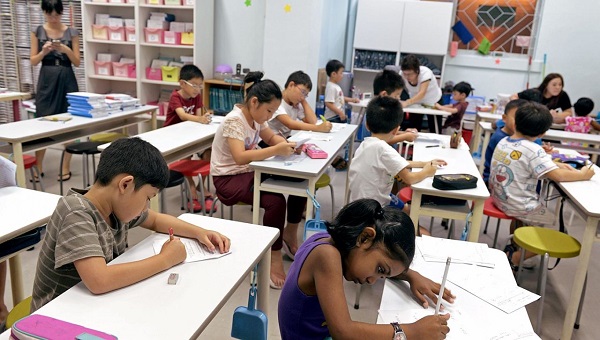
Atropine is a prescription-only medicine in Singapore, so your child needs to see an eye doctor first.
Some private eye clinics offer the treatment, as well as the Singapore National Eye Centre (SNEC). Each treatment course at the SNEC lasts a period of 2 years. A month's supply of Atropine eyedrops costs less than $20.
You need to obtain a referral letter from the polyclinic in order to obtain subsidised treatment at the SNEC.
In summary, it's important that your child spends 1 - 2 hours outdoors in sunlight each day to combat myopia. He should also take regular breaks from near work when reading or with computer use.
Apart from these measures, using Atropine eyedrops is the only method proven in big studies (randomised controlled trials) to slow down the rate at which shortsightedness increases.
In part 2 of this series, I go through some popular myopia-prevention fads and methods in Singapore that either DO NOT work or have weak evidence/equivocal results at best.
Dr Por Yong Ming is an eye specialist working at Eye Surgeons. He has special interests in cataract surgery, LASIK and corneal surgery, as well as childhood shortsightedness. Dr Por strongly believes in the value of patient education. In his free time, he enjoys a good game of tennis, and is currently dabbling with a planted fish tank at home.
